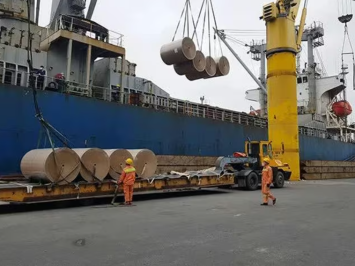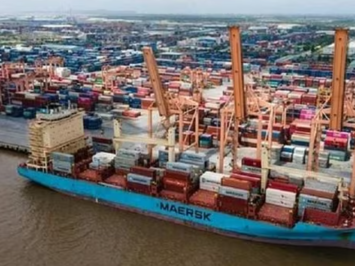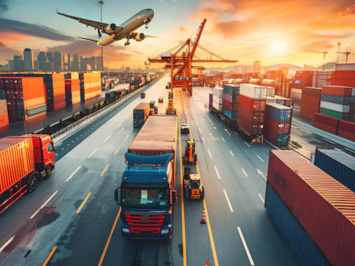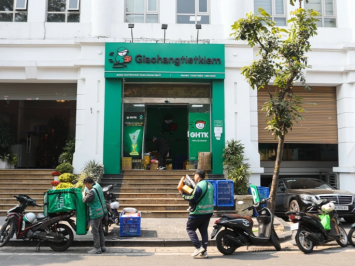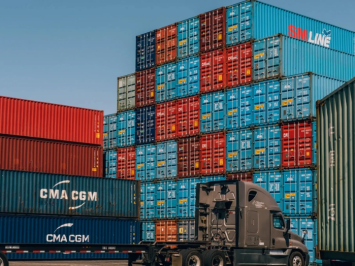Developing logistics infrastructure, especially large-scale logistics centers with modern technology, will contribute to reducing logistics costs and increasing the competitiveness of the supply chain.
However, it is necessary to have a synchronous connection, create a wide and complete network to be able to make the most of this model.
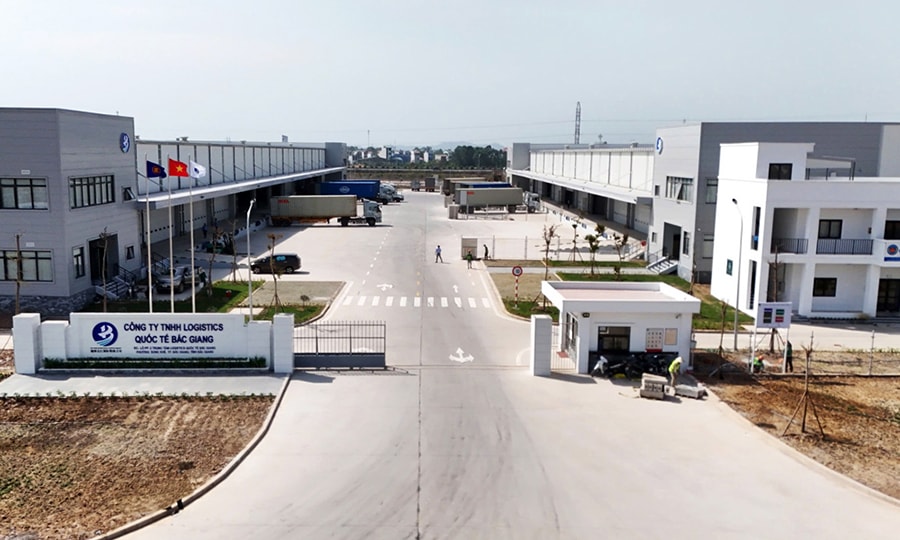
Bac Giang Logistics Center, one of the major logistics centers in the North.
Developing both in scale and technology
In the last days of April, Bac Giang International Logistics Center has officially come into operation. With a scale of 67 hectares, the center aims to connect transportation modes: Air, sea, railway, road as well as river network is very developed in the area.
According to Deputy General Director of Bac Giang International Logistics Co., Ltd. Truong Thi Mui, the center develops in the direction of cross-chain and whole-process integration, and develops in a green and smart trend.
Also developing a full-process ecosystem for a cross-border export logistics chain system, Viettel Lang Son Logistics Park will be put into operation in phase 1 at the end of 2024. With an area of 143ha, Viettel Lang Son Logistics Park has the leading modern scale in the North and the whole country.
Statistics of the Import and Export Department (Ministry of Industry and Trade) show that in the period 2007-2012, the country only had 6 logistics centers, but in the past 10 years this number has increased 10 times, with 69 centers with an increasingly modern scale. Previously, logistics centers were mainly concentrated in the Southeast region, but now in the North and Central regions, large logistics centers have also appeared.
Not only developing in number and scale, logistics centers are increasingly invested in operating technology. In the period from 2017 to now, traditional logistics centers have been transformed into modern logistics centers applying 4.0 technology. These centers are diverse in types, integrating cold storage, bonded warehouses or domestic warehouses, some logistics centers are built specializing in serving agricultural products...
Increase links of logistics centers
Logistics is identified as an important service industry, playing a role in supporting, connecting and promoting the socio-economic development of the country. Many modern logistics centers, with synchronous infrastructure, are increasingly interested in investment and development by localities and businesses. These logistics centers perform basic to advanced functions such as storage, loading and unloading goods, sorting goods, creating added value, reverse logistics transshipment, trade promotion activities as well as promoting product consumption.
However, because it has not really been effectively connected to form a more complete network, it is not possible to take full advantage of the advantages of the logistics market model. On the other hand, logistics centers are unevenly distributed and lack of regional linkage, causing many centers to operate sporadically, not taking advantage of scale. For example, key production areas such as the Mekong Delta, the Central Highlands, etc., where most of the vegetables and seafood are supplied, still lack specialized storage and distribution facilities.
General Director of Hoa Phat Logistics Hoang Dinh Kien said that businesses are under double pressure, between the increase in raw material and fuel prices on the one hand and the request for service discounts from customers on the other hand. Without shared infrastructure, taking advantage of turnaround and shared cold storage, it is difficult to both maintain product quality and ensure competitive prices.
"The logistics industry needs a specialized digital platform, connecting the demand for refrigerated transportation between exporters and operators. This system needs to integrate real-time data, helping to optimize routes, warehouse capacity and loading and unloading capacity," said Mr. Hoang Dinh Kien.
According to Deputy Director of Viettel Lang Son Logistics Park Dao Van Thuan, thanks to the implementation of the whole export service to China, the customs clearance time has been reduced by nearly 40%. However, in order to expand the scale and efficiency, it is necessary to link more strongly with the network of logistics centers across the country because it only operates alone, it is difficult to maintain long-term performance.
According to Mr. Dao Van Thuan, in addition to investing in scale and modern technological infrastructure, the synchronization of data in the logistics center ecosystem itself along with the consistency of data between logistics centers also needs to be paid more attention in the coming time. When we can synchronize data, customers can use a full-service service at one location, at that time the flow of new goods will be shortened as well as the control of a logistics process will be synchronized.
Currently, the Import and Export Department (Ministry of Industry and Trade) is finalizing the National Logistics Development Strategy to 2035, which prioritizes building a multi-functional center, integrating digital technology, automated cold storage and low-emission transportation. At the same time, advise the Ministry of Industry and Trade to propose a separate legal corridor to attract private investment in storage and transportation infrastructure.









![Detailed Guide to Chemical Import Procedures [Updated 2025]](https://songwinlog.net/thumbs/355x266x1/upload/news/ve-tay-hinh-tron-logo-2-3776.png)

